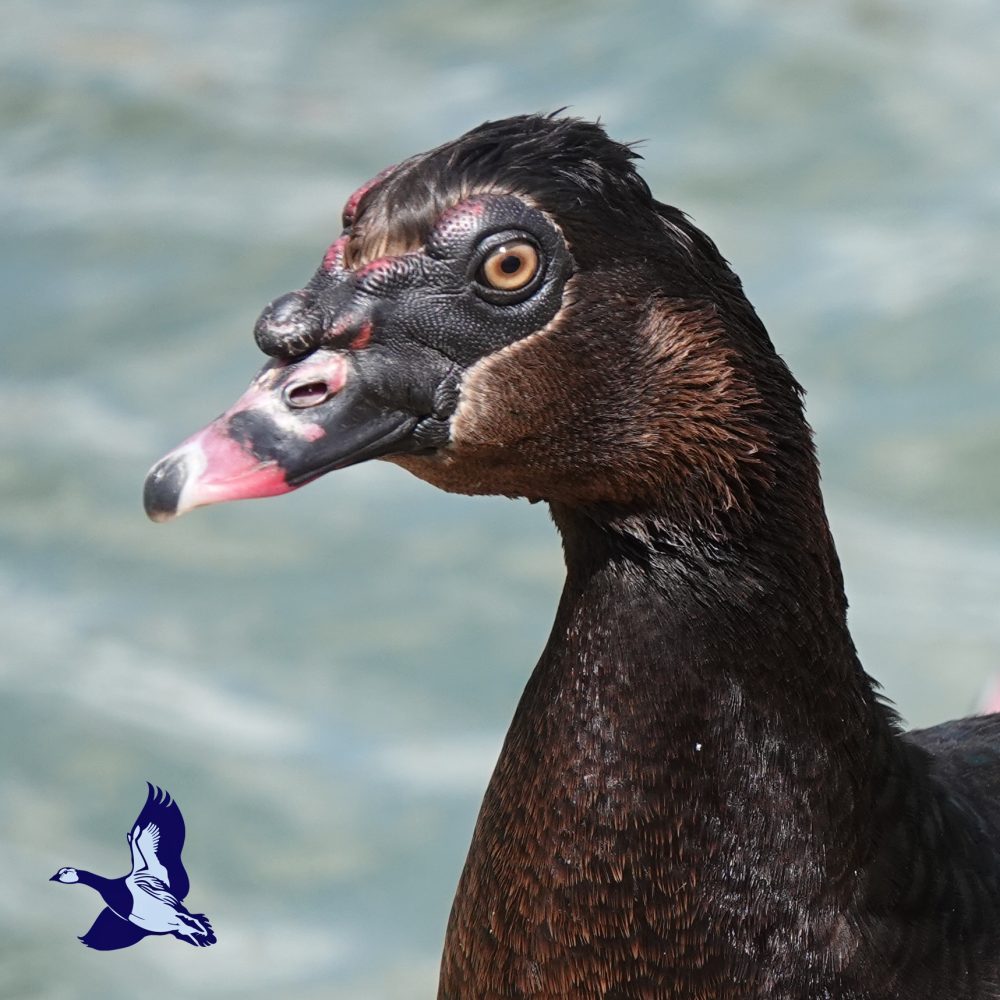
Pal-Mates … weekend web tip
Who do you think you are? Ancestry of our domestic ducks comes down to just 2 species; the Mallard (Anas platyrhynchos) and the Muscovy, pictured here. The wild

Who do you think you are? Ancestry of our domestic ducks comes down to just 2 species; the Mallard (Anas platyrhynchos) and the Muscovy, pictured here. The wild
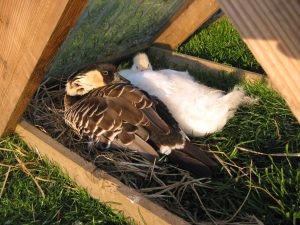
Goslings spend most of their time eating when they aren’t sleeping.
As the summer progresses, the nutritional content of the grass gets lower, so grazing birds will seek out the youngest growing shoots, often close to the pond.
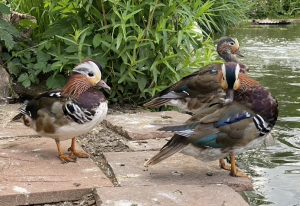
Ducks moult twice a year and some of our most colourful are losing their finery. The summer moult after breeding sees the drakes taking on a less conspicuous plumage,

Now we have our first real tropical spell of the year, here are a few tips to help your waterfowl feel more comfortable: • Most waterfowl will cope fine as
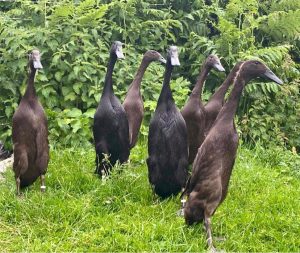
Z is for Z chromosome. Birds’ sex chromosomes are Z and W, compared to humans who have X and Y sex chromosomes. The egg determines the sex of the offspring

Pal -Mates …weekend web tip Y s for Yellow Belly and Yap Yap Yap!. The colour genetics of the Yellow Belly Call are not fully investigated, but these delightful little
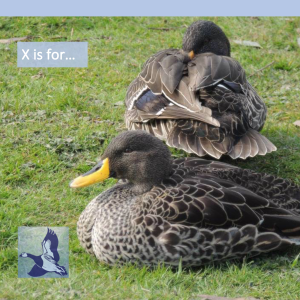
X is for Xanthophyll. Yes it’s a bit of a mouthful, but this is the pigment responsible for the yellow colour in egg yolks, and some of the yellows in
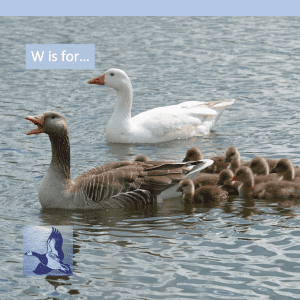
W is for wild, introduced or domestic? When we talk about wild waterfowl in Britain, we usually mean the birds ‘ordinarily resident’ here, in their wild colour and form. Some,
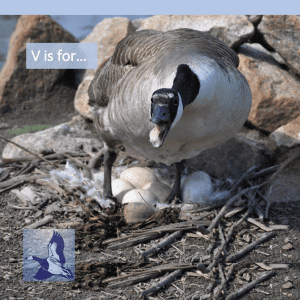
V is for vitelline membrane. This is a gossamer-fine, multi layered, protein membrane separating the yolk from the white (albumen) in the egg. The fine twisted cord seen in the
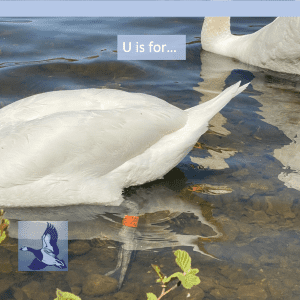
U is for underwater. All may be serene on the surface, but there’s lots going on below. Some birds prefer to stay topsides, but others spend time undewater foraging

T is for Territory. In the breeding season, waterfowl can become aggressive. Particularly when defending a nesting territory or hatchlings. If you are planning a new addition to your pond,
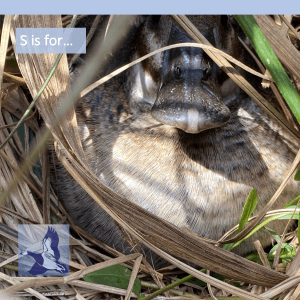
S is for substrate. Some waterfowl pull nesting material down from surrounding vegetation, crafting a beautiful nest. They might pull in straw from nearby if it takes their fancy.
The BWA offers members a wide range of services and facilities to help you get more enjoyment from waterfowl.
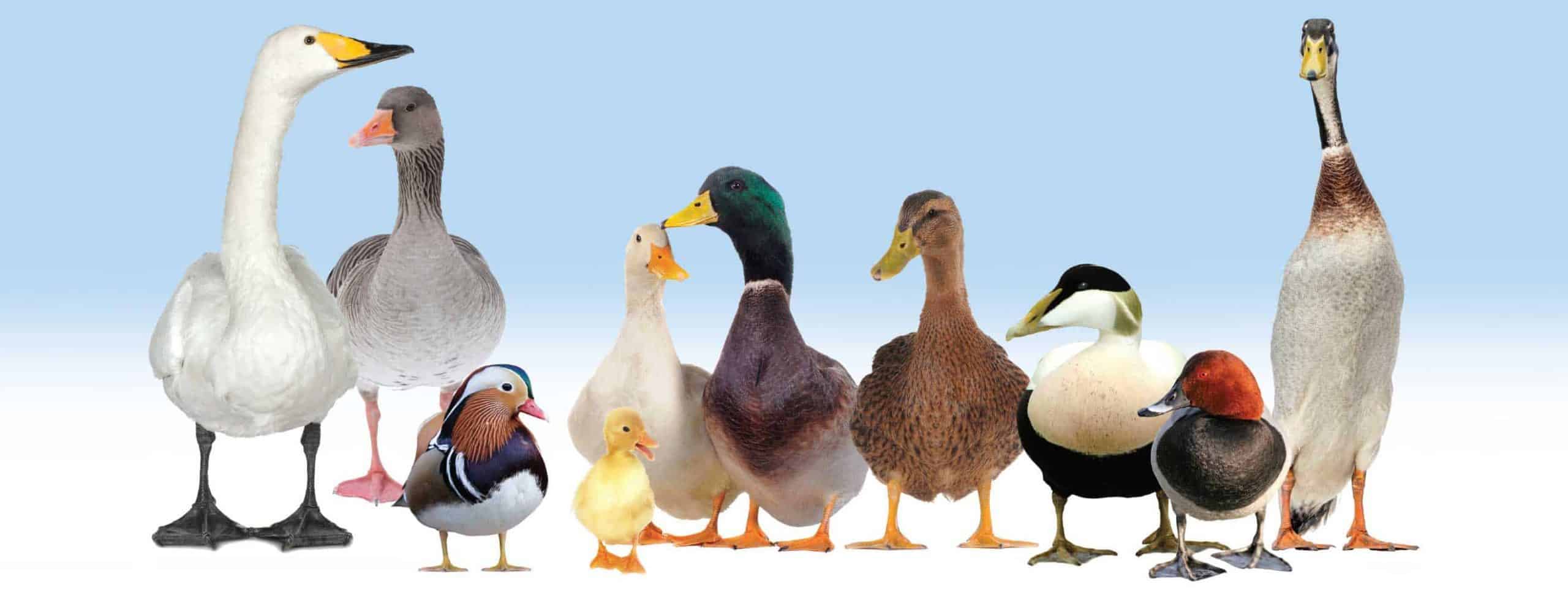
© 2024 – All Rights Reserved | Registered charity number 263156